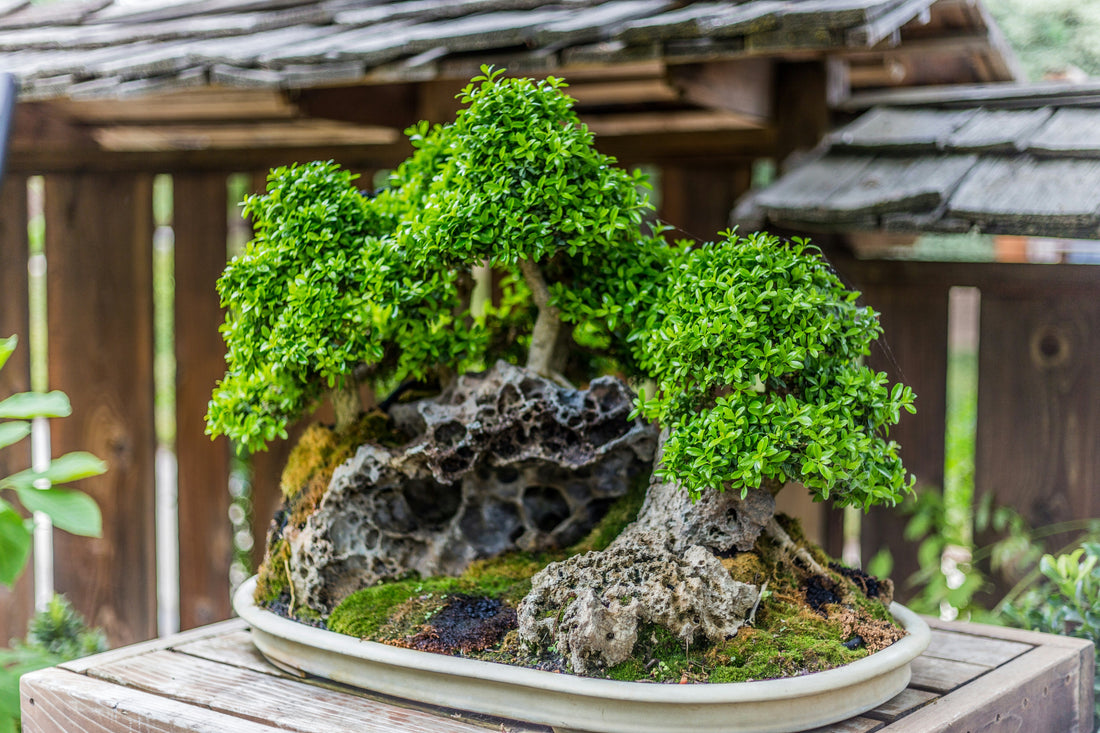読み物
Nihonbashi Sightseeing: Tradition and Modern Tokyo

Nihonbashi Sightseeing: Tradition and Modern Tokyo
― Where History Meets Everyday Life ―
Why Nihonbashi Matters
Nihonbashi, literally “Japan Bridge,” has been the starting point of Japan’s five main roads since the Edo period. It is not only a physical landmark but also a cultural symbol of Japan’s history, trade, and connectivity. Today, Nihonbashi blends this rich heritage with modern skyscrapers, gourmet dining, and a growing café scene.
Sightseeing here is about walking through Japan’s history while enjoying the comforts of modern Tokyo.
Traditional Landmarks in Nihonbashi
-
Nihonbashi Bridge: The iconic stone bridge first built in 1603 remains a cultural symbol. The zero-kilometer marker here reminds visitors of Nihonbashi’s role as the center of Japan’s travel routes.
-
Coredo Muromachi: A shopping complex that integrates traditional Japanese crafts and modern retail. Visitors can browse kimono shops, lacquerware, and artisanal foods in a contemporary setting.
-
Suitengu Shrine: Known as a guardian for families and safe childbirth, this historic shrine offers a spiritual pause in the bustling city.
Modern Attractions
-
Mitsukoshi Nihonbashi: Japan’s oldest department store, established in 1673, still serves as a hub for luxury shopping and cultural experiences.
-
Art & Exhibitions: The Nihonbashi area hosts frequent art events, from traditional calligraphy to contemporary installations.
-
Gastronomy: Nihonbashi is a hidden gourmet destination, with long-established tempura and soba restaurants alongside innovative fusion dining.
Coffee Culture in Nihonbashi
In recent years, Nihonbashi has also become a hub for specialty coffee. Among the most unique is BONGENCOFFEE Nihonbashi, which reflects the district’s spirit of blending tradition and modernity. The café offers:
-
A serene, Japanese-inspired interior with natural wood and bonsai.
-
Specialty coffee roasted at their own SHIRAFUSHI Roastery.
-
Unique pairings with wagashi (Japanese sweets) and even onigiri, making it a one-of-a-kind cultural experience.
👉 BONGENCOFFEE | OFFICIAL SITE
https://ginza-bongen.jp/
Suggested Sightseeing Itinerary
-
Morning: Start with a walk across Nihonbashi Bridge and explore Coredo Muromachi’s shops.
-
Afternoon: Visit Mitsukoshi for both shopping and cultural exhibits, then stop by BONGENCOFFEE for a refined coffee break.
-
Evening: Enjoy a dinner at a historic tempura or sushi restaurant before walking through the illuminated streets.
Conclusion
Nihonbashi is more than a historic landmark—it is a living example of how Tokyo balances tradition and innovation. From centuries-old shrines and department stores to modern dining and specialty coffee, the district offers something for every traveler.
Experiencing Nihonbashi through its history, food, and cafés like BONGENCOFFEE reveals why this district remains a cultural heart of Tokyo.
👉 BONGENCOFFEE | OFFICIAL SITE
https://ginza-bongen.jp/